In May 2025, the Nieuwe Instituut in Rotterdam opened Architecture and Emotion, a solo exhibition tracing the arc of Ma Yansong’s career and the philosophy behind MAD Architects. It was a moment of convergence of place, purpose, and timing. Just days earlier, MAD unveiled the Fenix Museum of Migration, its latest international project, just across the Maas River. Both the exhibition and the museum explore architecture as an emotional experience rather than just spatial design.
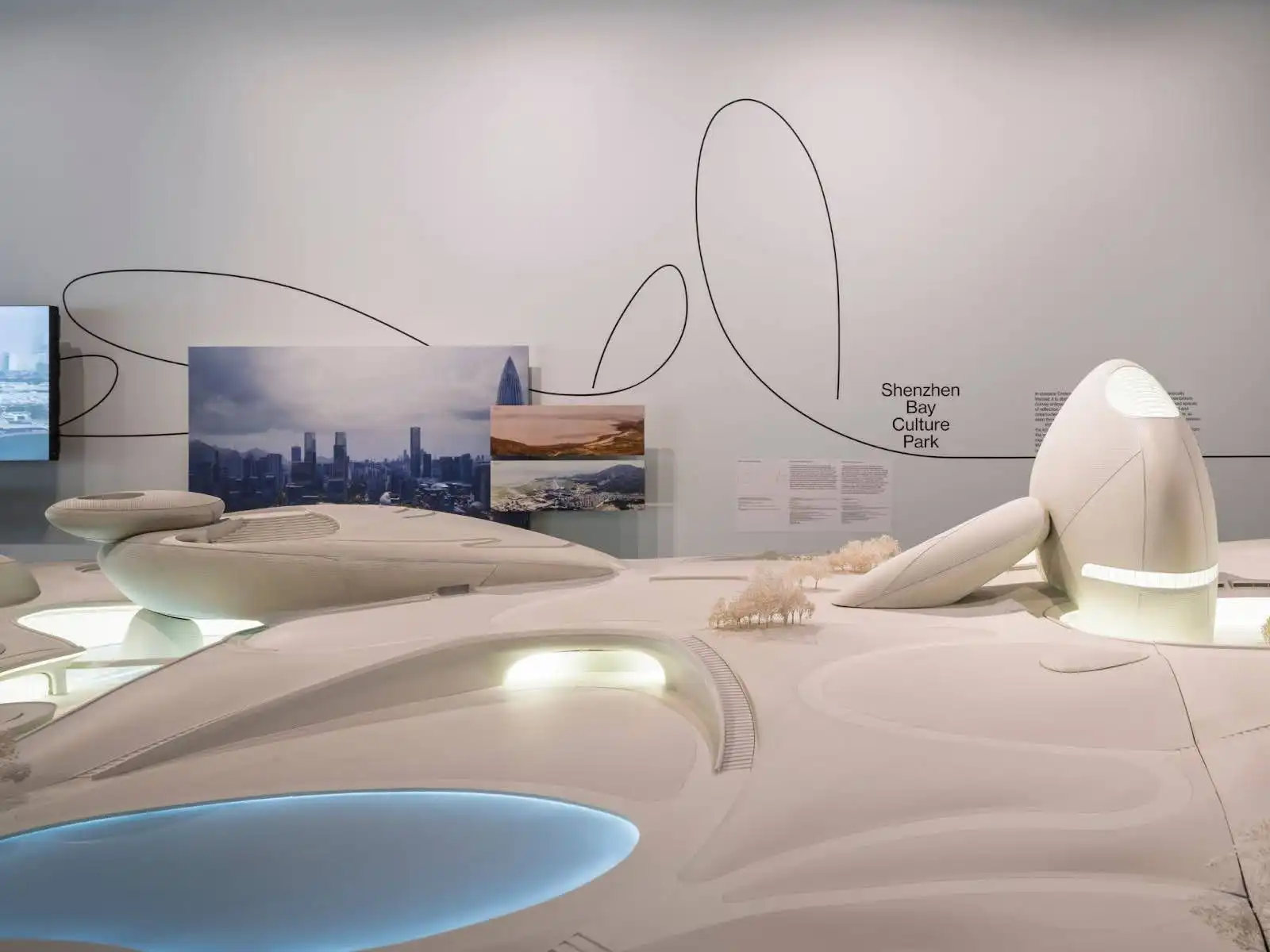
Ma Yansong, who was just named one of Time magazine’s 100 Most Influential People of 2025, has long pushed against the gridlocked logic of conventional urbanism. MAD’s work is often described as “futuristic,” but that misses the point. Their buildings curve like hills, swell like clouds, shimmer like water, not to chase novelty, but to mimic nature’s emotional cues. In Ma’s view, good architecture doesn’t assert dominance over its surroundings. It listens. It remembers. It connects.

The Fenix Museum, for instance, sits on a historic port site once used for transatlantic migration. Rather than dominate the skyline, MAD’s design rises gently, like a ship’s bow cutting through fog. Inside, the spatial choreography feels cinematic, with tight corridors that suddenly open into vast, light-washed chambers. The exhibition is divided into three theme sections: “Embodied Nature,” “Connective Landscapes,” and “Layered Futures,” which each demonstrate MAD’s dedication to building spaces that encourage emotional connections between individuals and their surroundings.
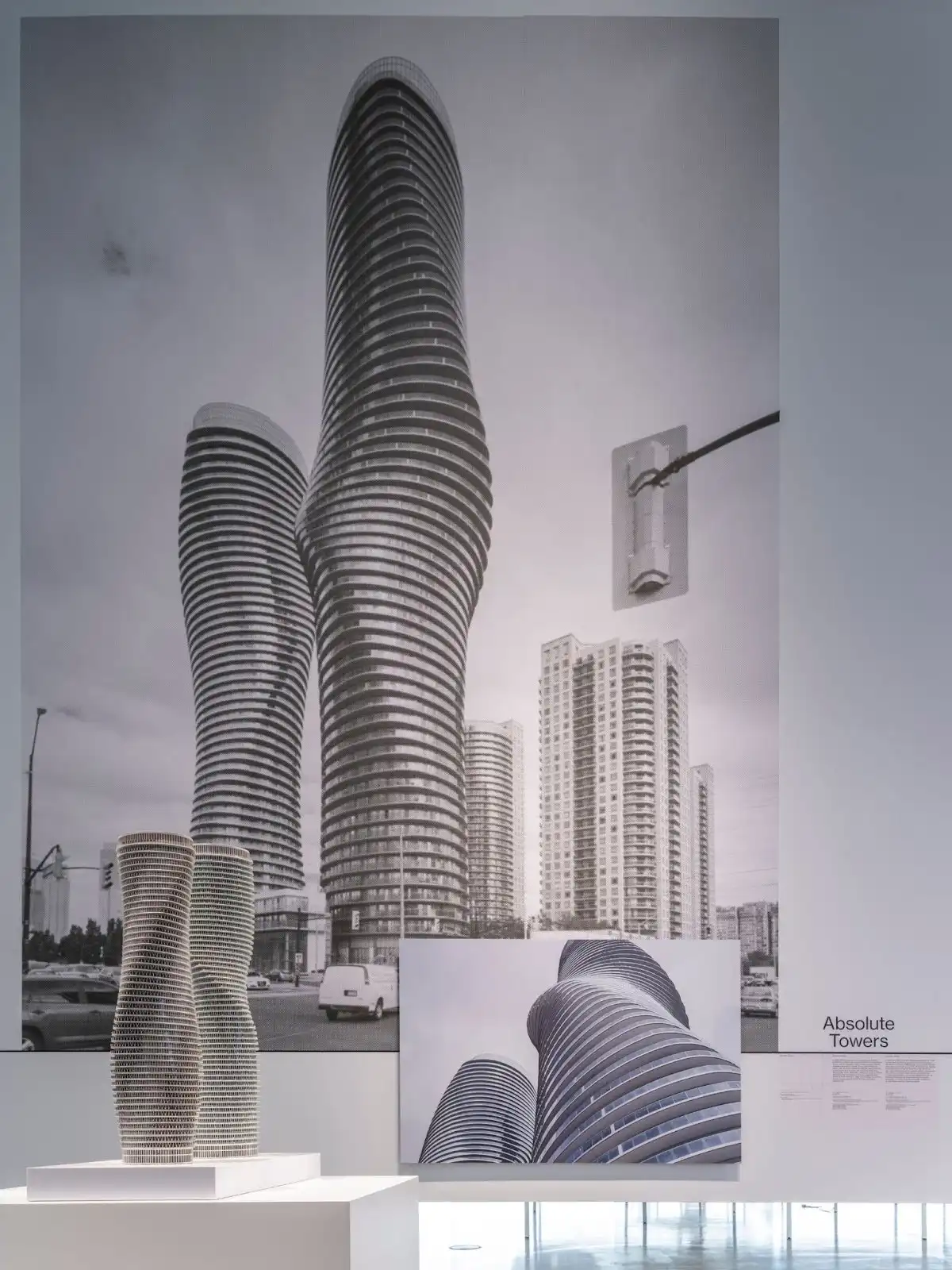
Aric Chen, the Nieuwe Instituut’s General and Artistic Director, has been discussing a collaboration with Ma for quite some time. “With the opening of Fenix here in Rotterdam,” Chen said, “it was a great chance to finally do an exhibition together.” Architecture and Emotion takes that idea and builds it into something tangible: a spatial narrative that explores two decades of work and thought, from early speculative designs to full-scale public landmarks.
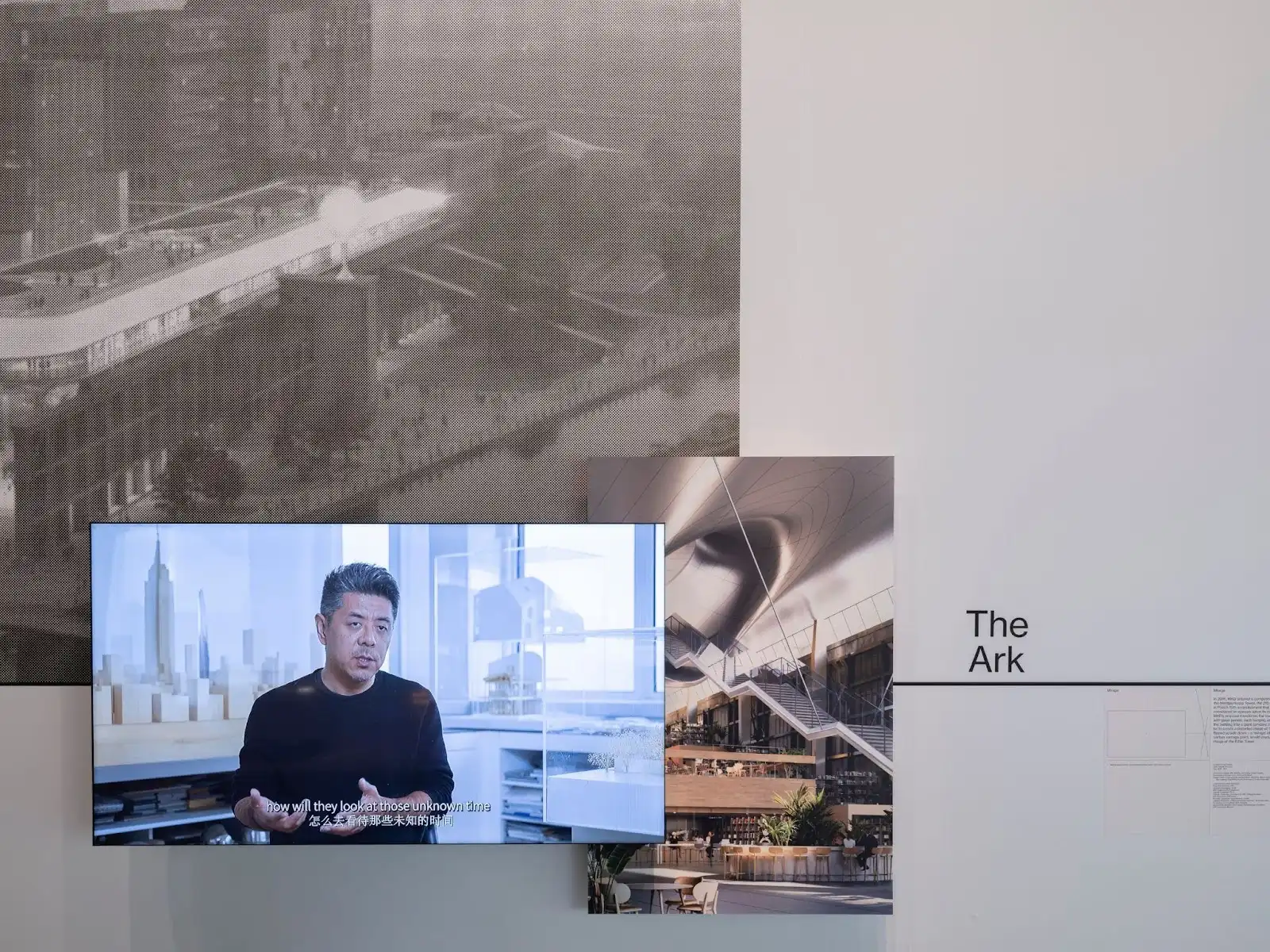
Rethinking Modernism, reconnecting with Nature
The exhibition opens with Ma’s initial criticisms of modernist design, including its infatuation with grids, rationality, and alienation from the environment. As a counterbalance, Ma drew on ancient Chinese design, notably the classical painting notion of shanshui (mountain-water), which emphasizes emotional connection and spiritual harmony above geographical features in landscapes.
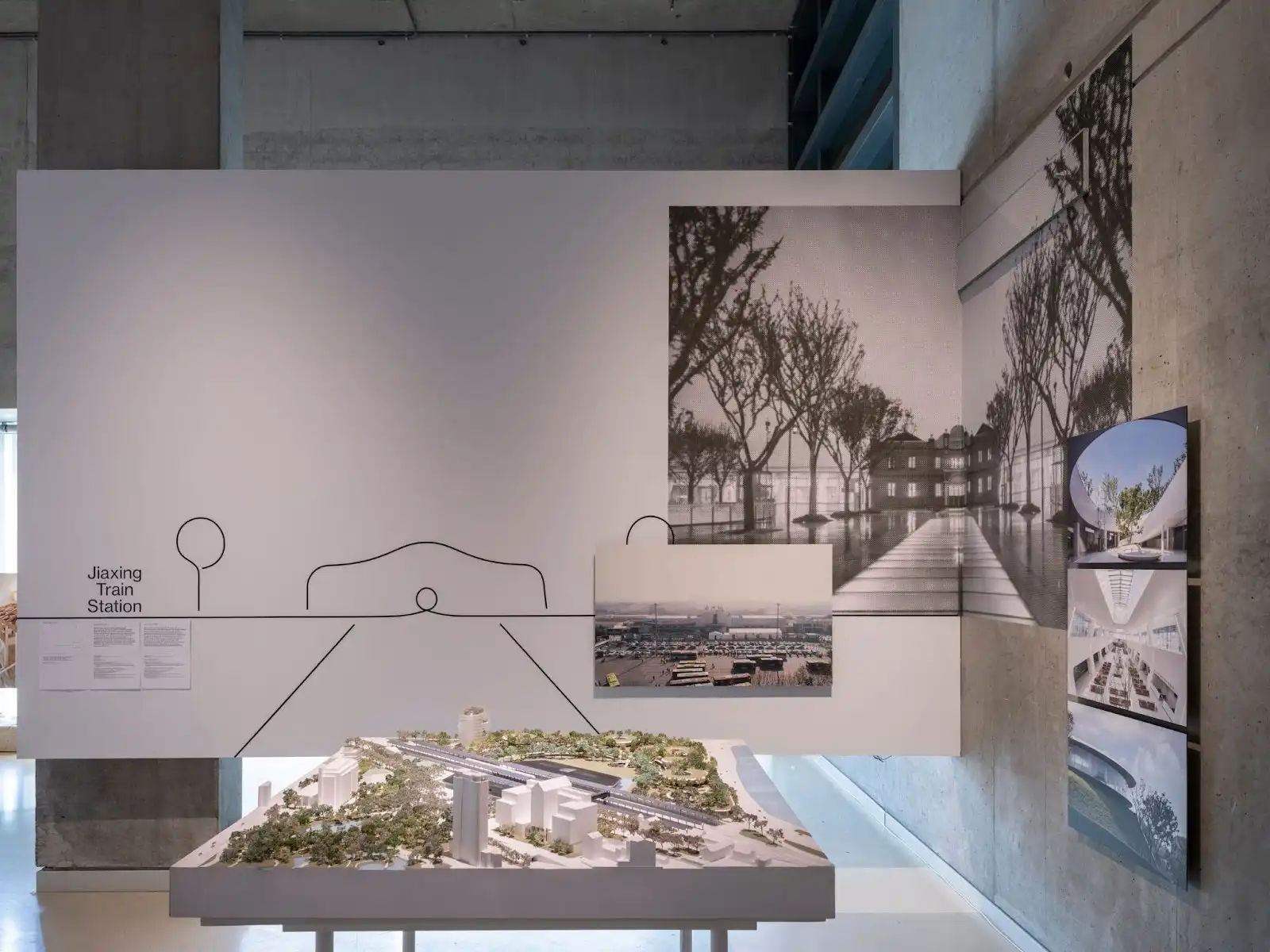
It includes models and concepts like the Shanshui City speculative urban vision inspired by the misty peaks and flowing water of southwestern China. Other featured works, such as the Shenzhen Bay Culture Park and Amsterdam Zuidas, illustrate MAD’s interest in greenery and also in the symbolic and emotional weight of nature as a design element.
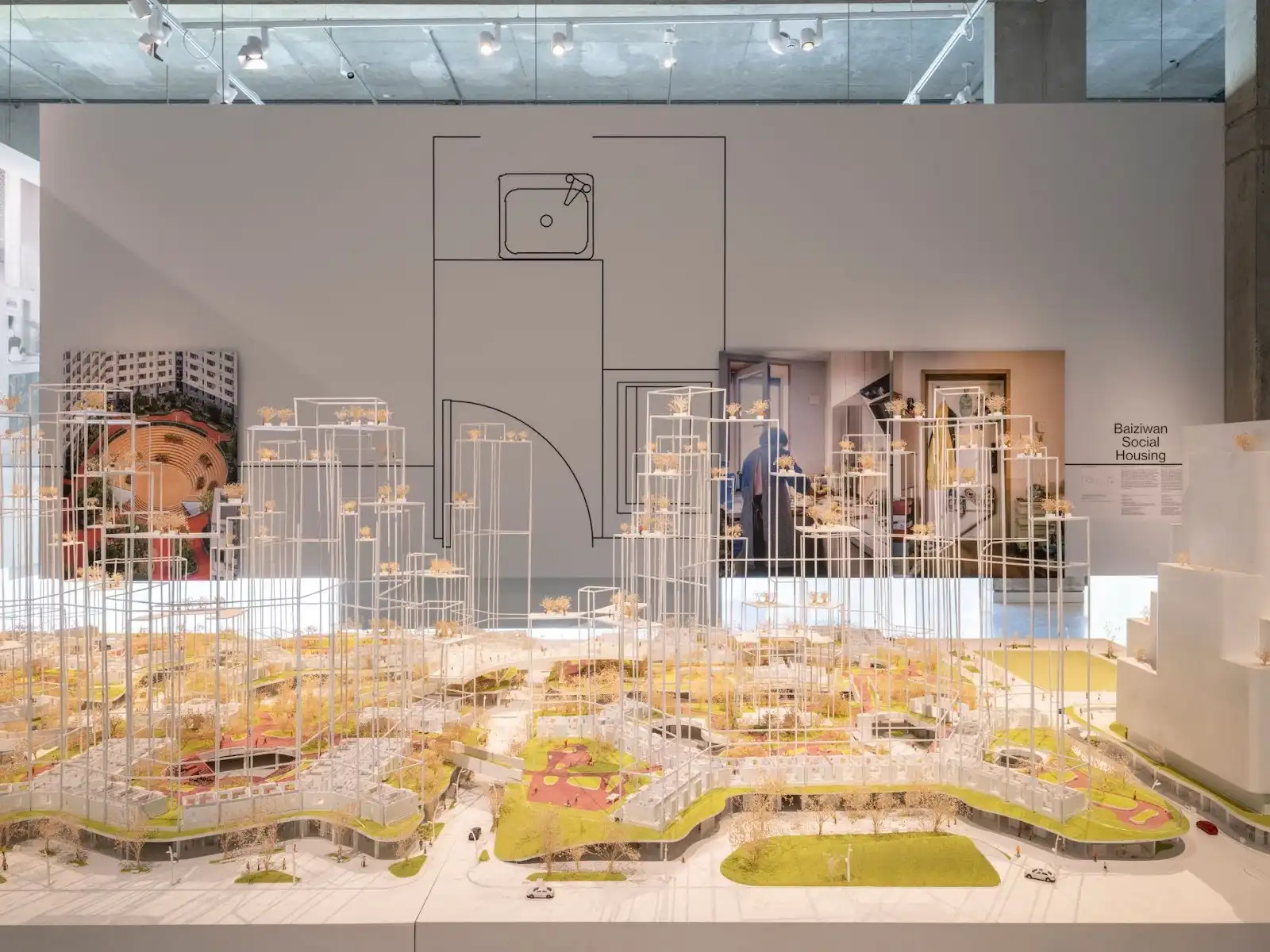
Also part of this section is Unbound Echo, an evolving sound installation by artist Aimée Theriot. It’s a multisensory experience that engages visitors through dynamic models, artistic interpretations, and multimedia installations.
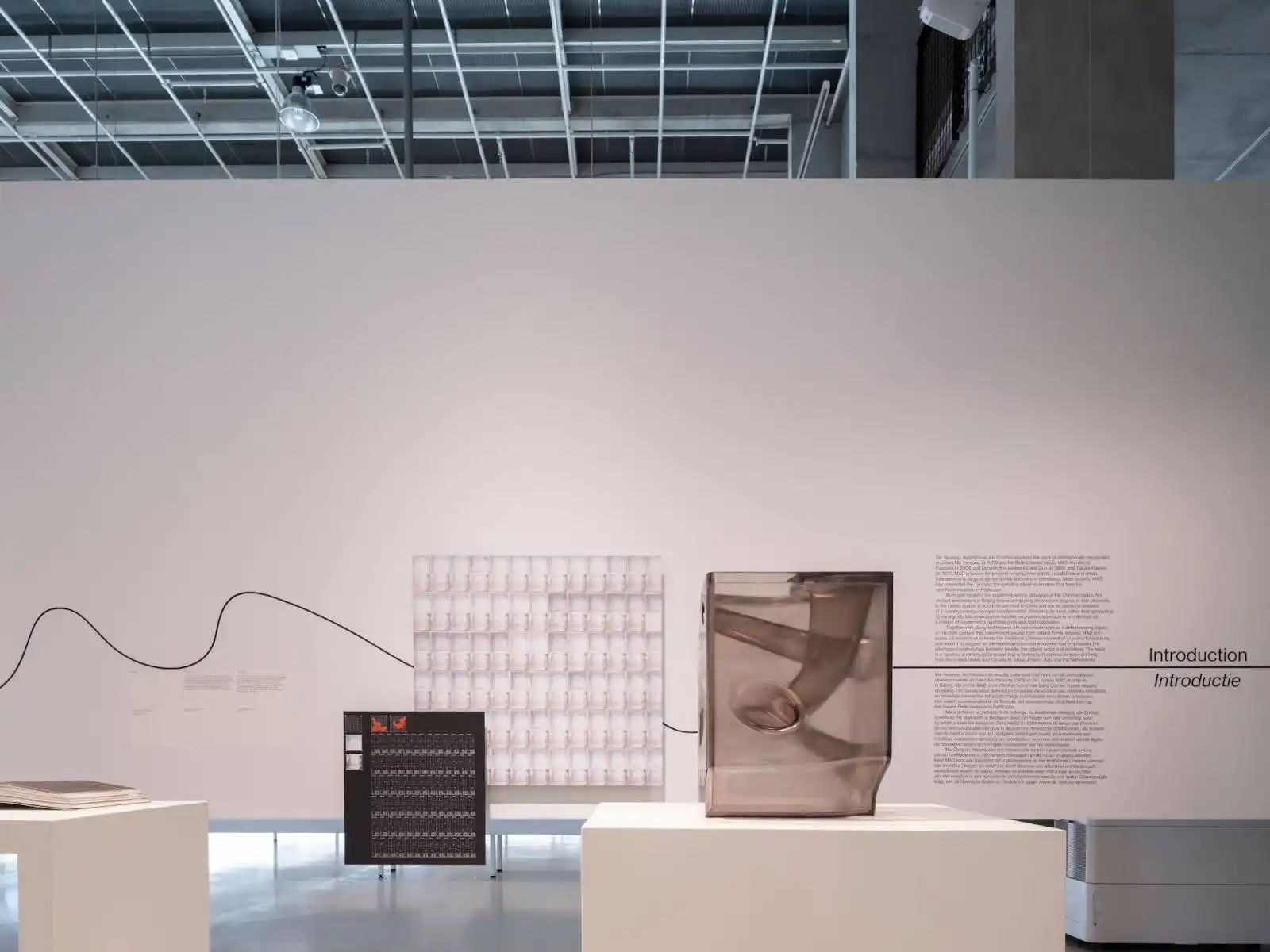
Early Visions of MAD
The show continues with MAD’s earliest speculative projects, created during the firm’s founding years in the early 2000s, a period of explosive urban growth in China. These include Floating Island, a radical canopy concept for New York’s Ground Zero; a reimagining of Tiananmen Square as a public park; an 800 800-metre tower bent back on itself to question vertical ambition; and a fish-eye-view aquarium designed to flip human perspective underwater
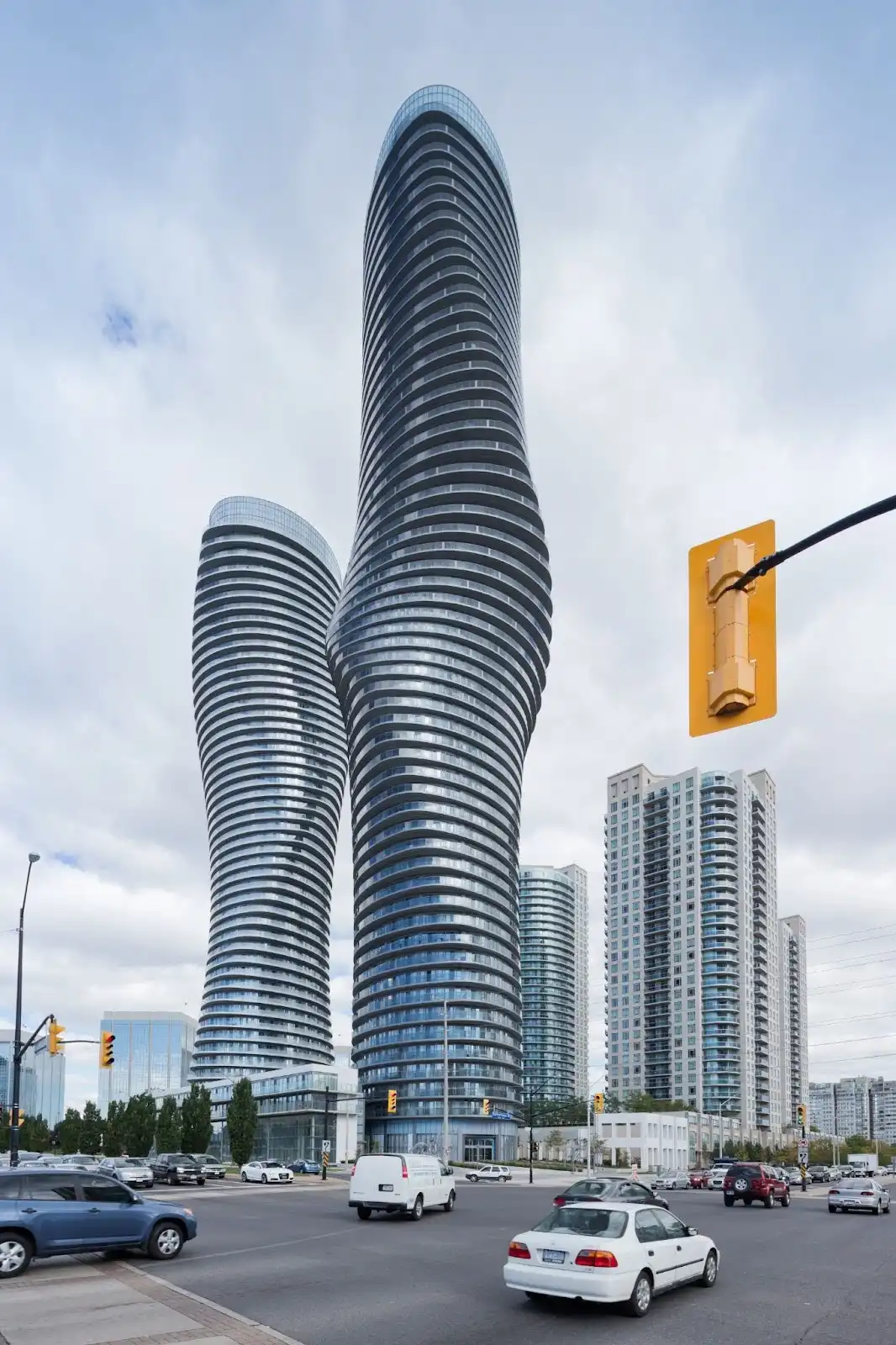
Human-Centered Architecture
The second thematic section, Connective Landscapes, focuses on how MAD reshapes urban environments to promote social cohesion and emotional resonance. One key example is the Baiziwan Social Housing project in Beijing. Rather than stacking inhabitants in separate towers, MAD linked buildings with walkways and common corridors, fostering a feeling of belonging in an otherwise congested and indifferent environment.
A different approach initiative, Japan’s Tunnel of Light, converts an abandoned train tunnel into an immersive corridor of light and reflection, welcoming people to a place of amazement and meditation.
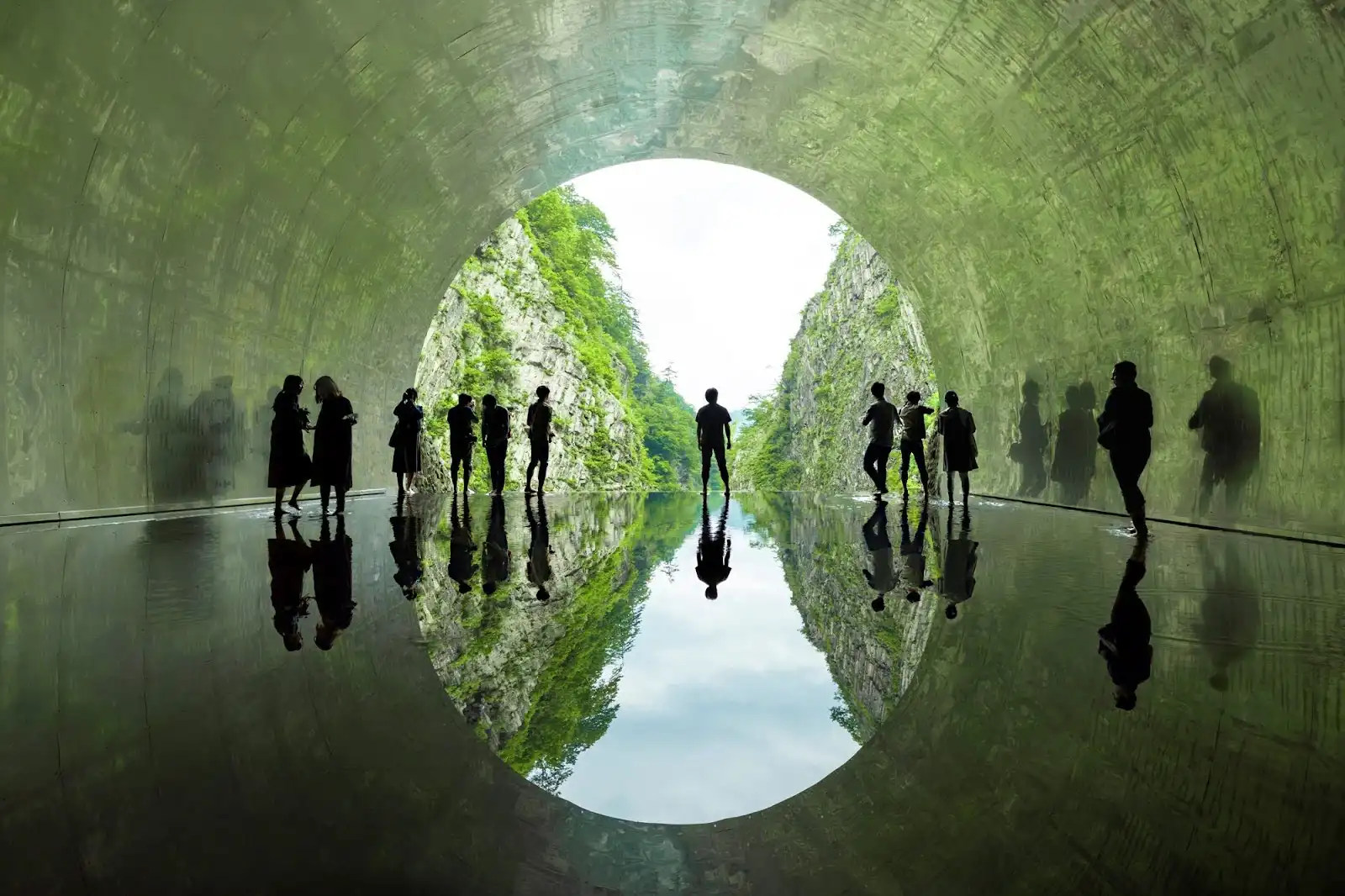
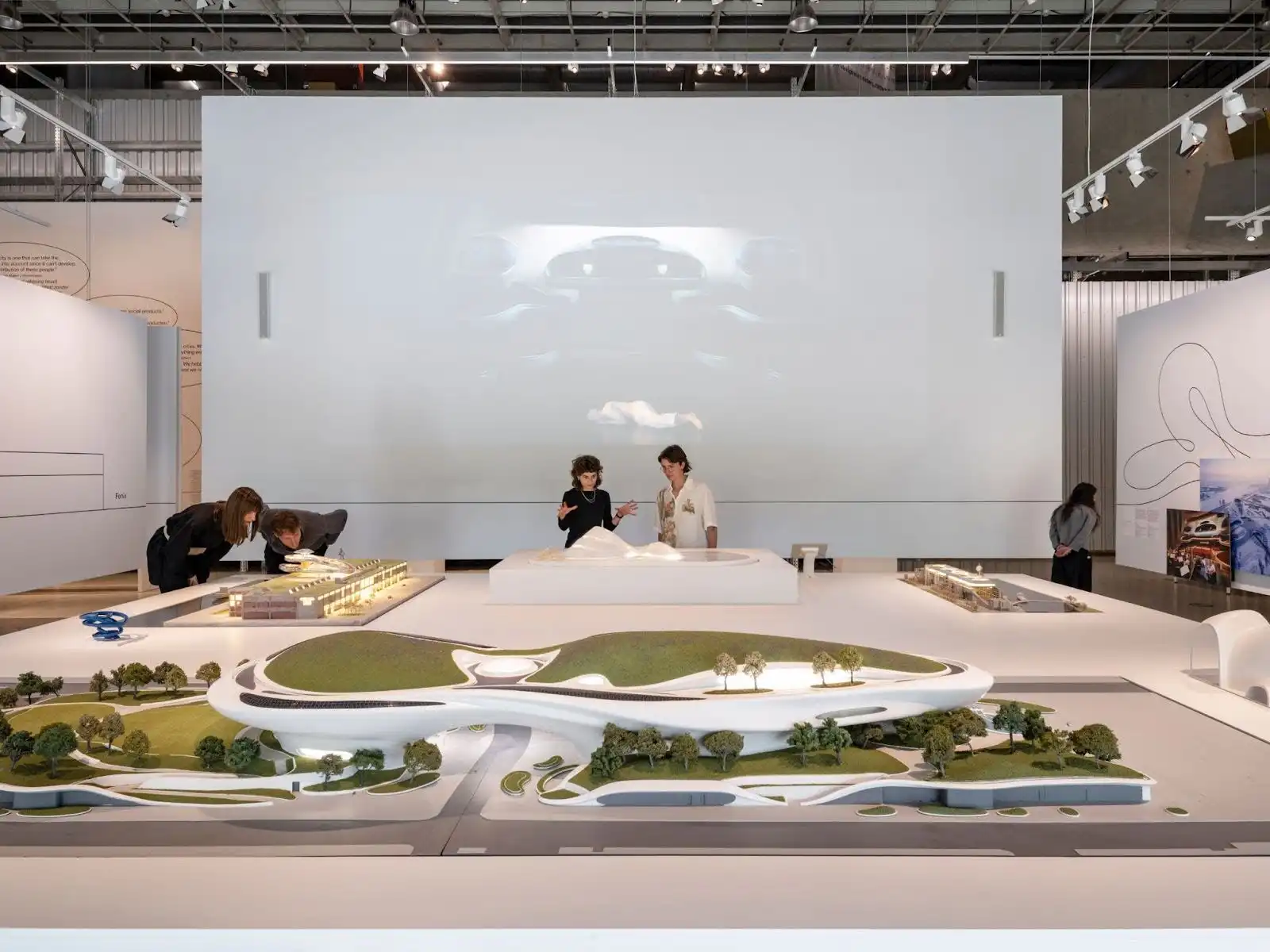
Designing the Future from the Past
The third and final section, Layered Futures, explores how MAD fuses historical memory with forward-looking design. The Lucas Museum of Narrative Art in Los Angeles, co-founded by George Lucas, is a standout example. Rotterdam’s new Fenix Museum of Migration, designed by MAD, anchors this section both physically and conceptually.
Its centerpiece, the Tornado, is a twisting double-helix staircase that rises through the building to a rooftop observation deck. It’s functional and symbolic, evoking the flows of people, time, and transformation that define the museum’s mission. To deepen the experience, the exhibition features an AI-powered installation that transforms visitors’ hand-drawn sketches into speculative MAD-inspired architecture.
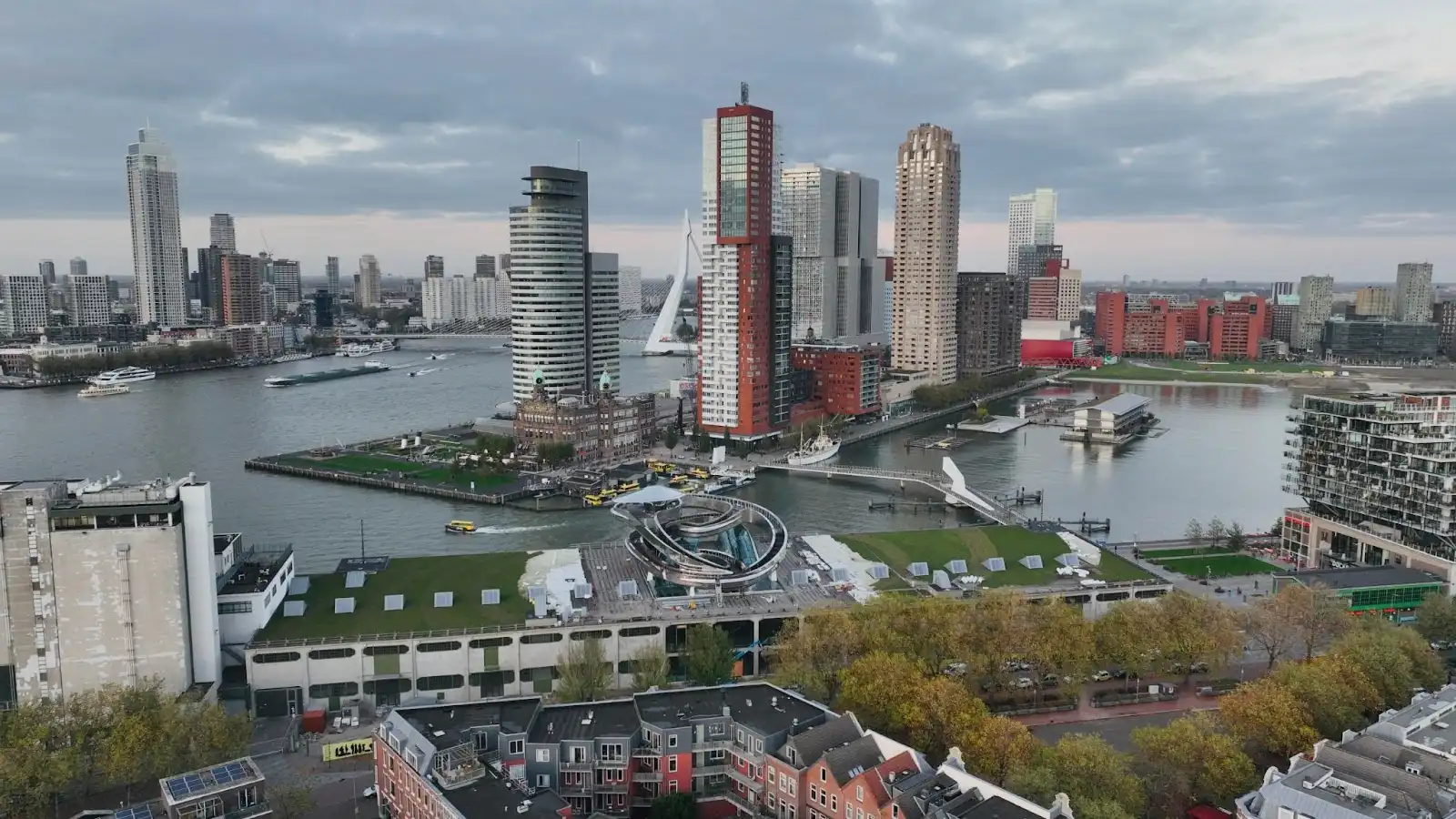
“In a remarkably short time, China has produced some of the most compelling and consequential architecture in the world,” he notes. “Ma Yansong and MAD have been right there at the forefront.
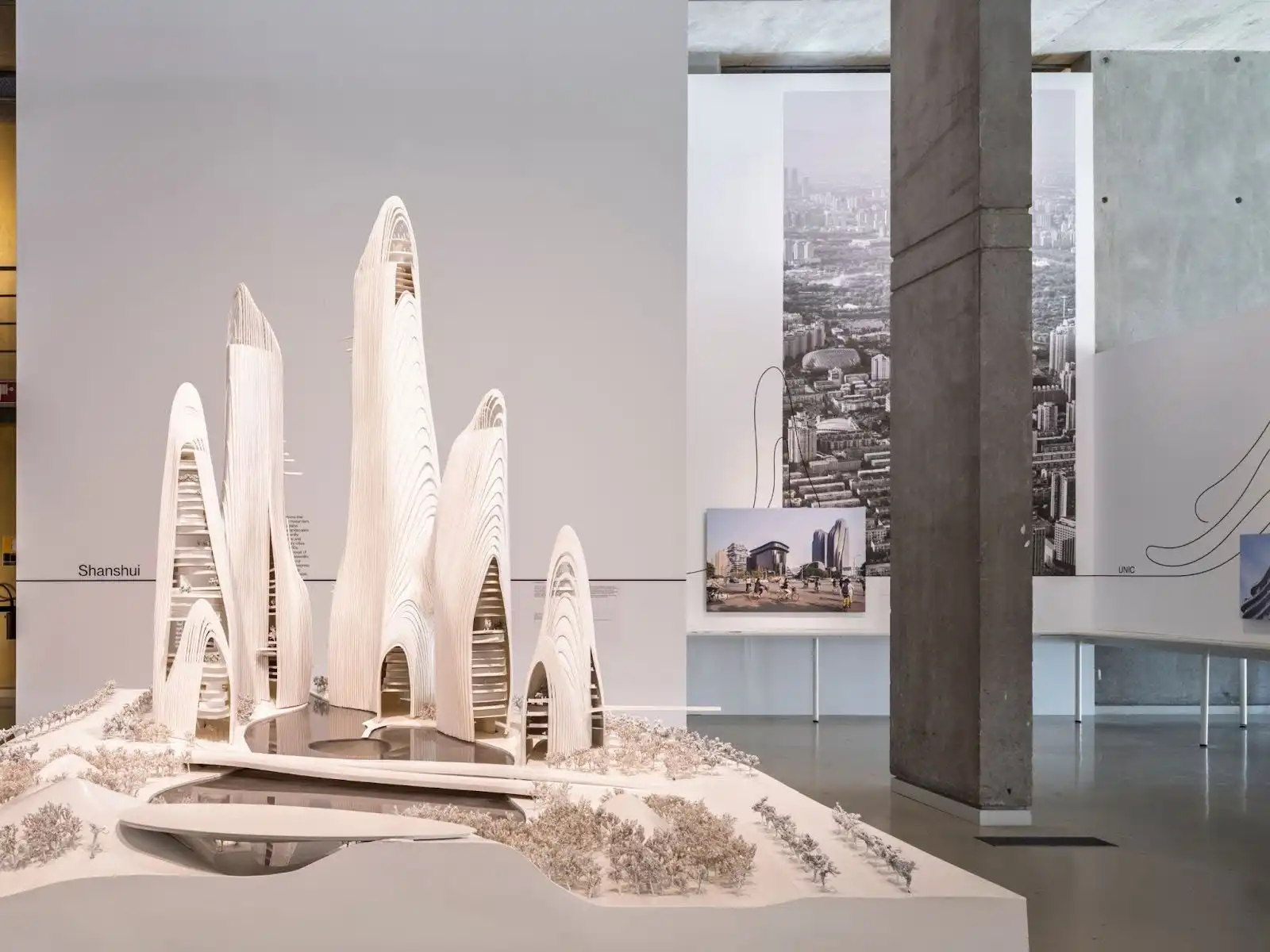
On Thursday, 26 June, Ma Yansong was the guest of honour at the Nieuwe Instituut for An Evening With, part of the institute’s ongoing talk series featuring prominent voices from architecture, design, and digital culture. In conversation with Aric Chen, Ma shared insights into his design philosophy, creative ideas, and how he approaches his work. That evening also featured the presentation of Fenix: A Museum as Metaphor, a book that captures the transformation of the Fenix warehouse from 2021 to 2025.
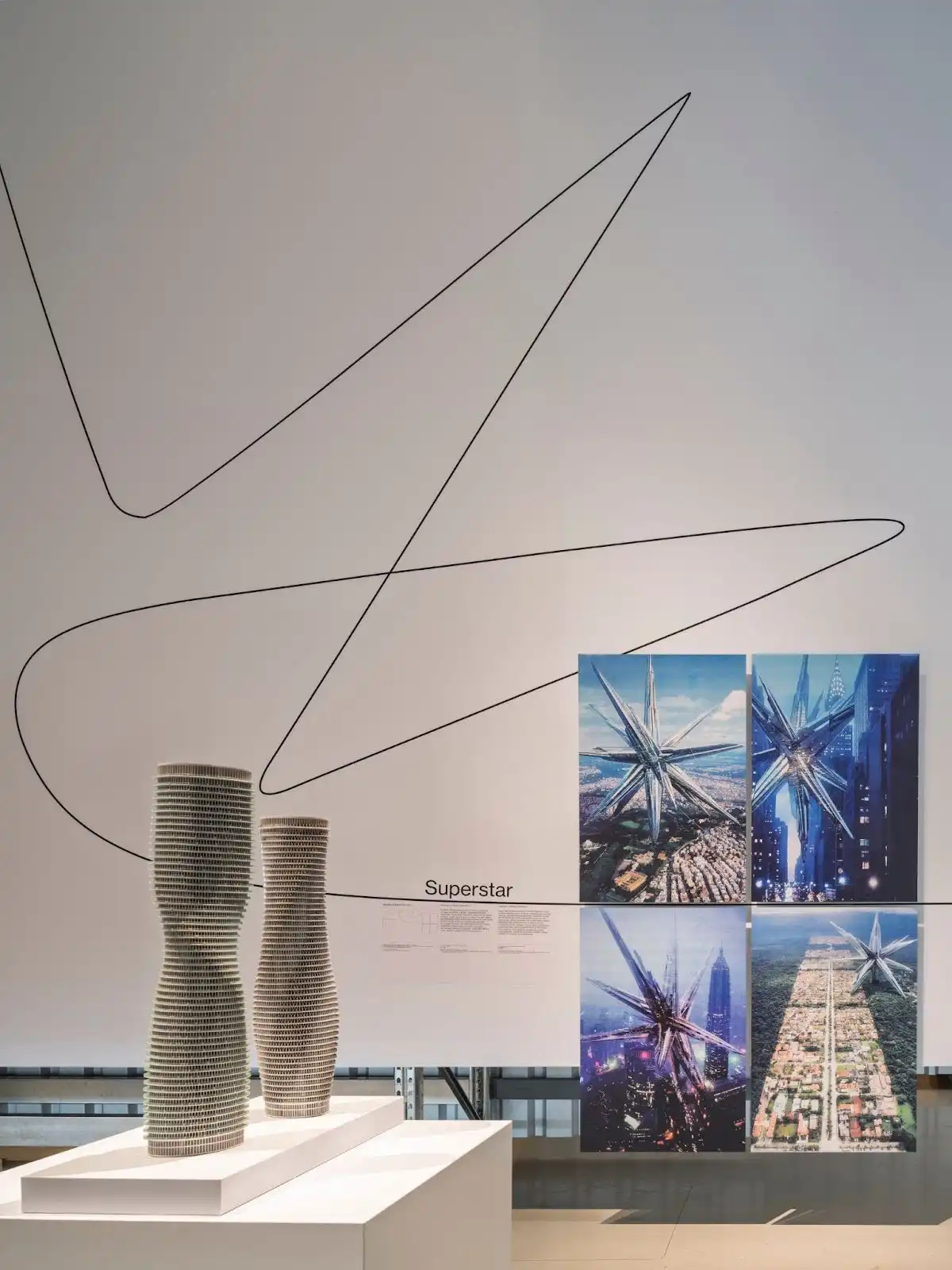
Through this exhibition, the Nieuwe Instituut provides a platform for exploring how design can transcend utility to touch the human spirit.























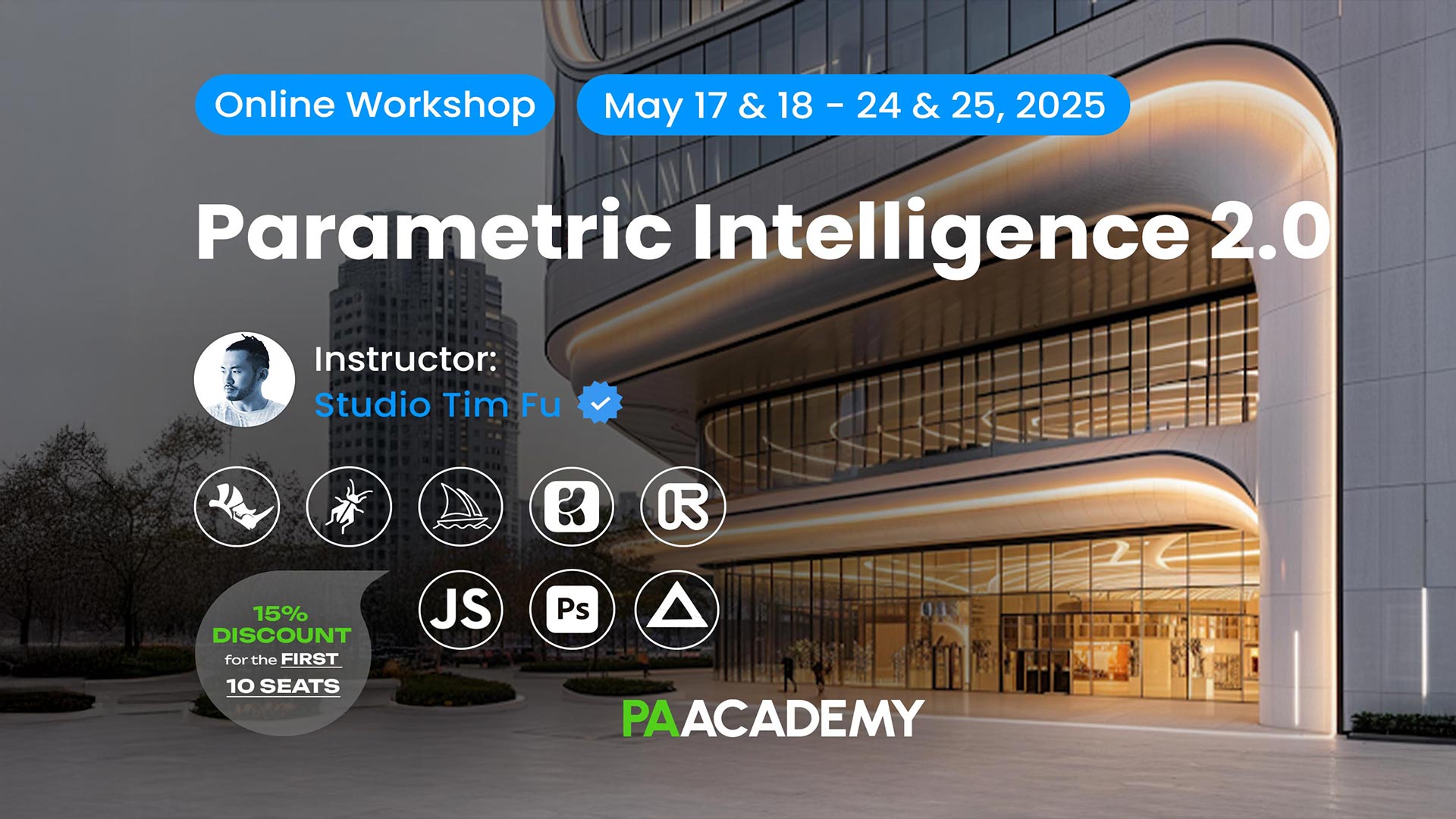










Leave a comment